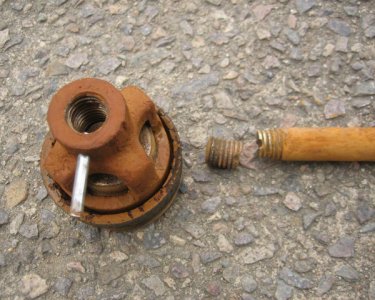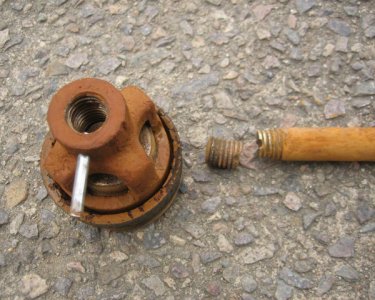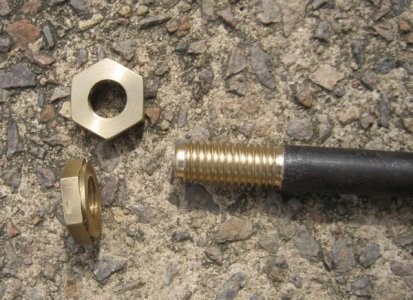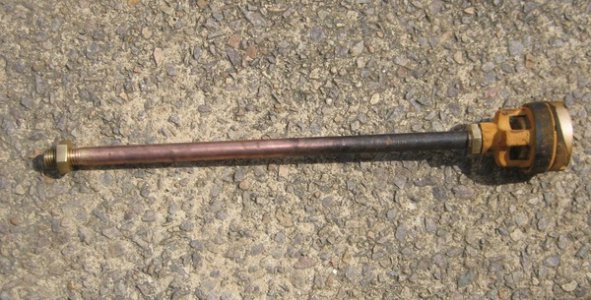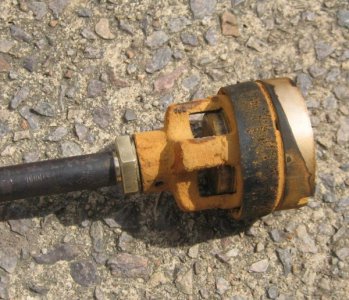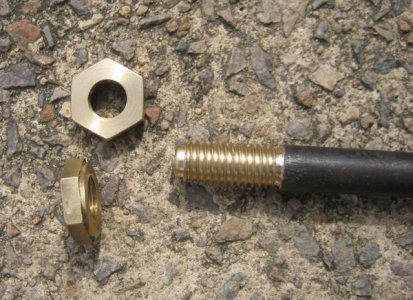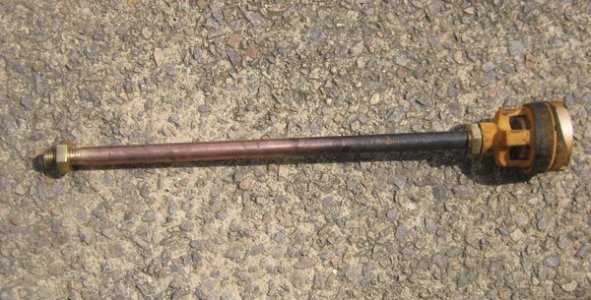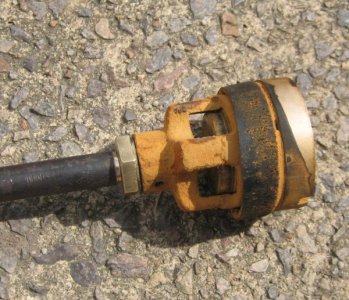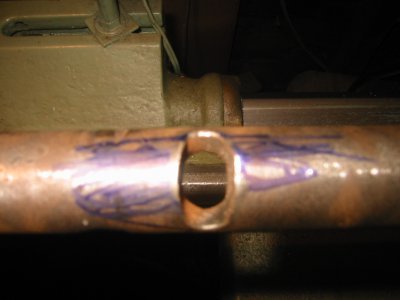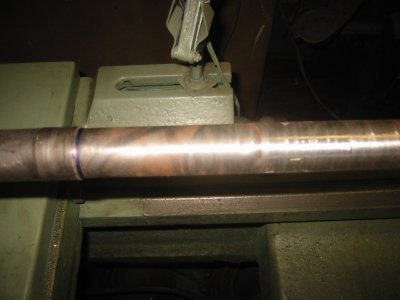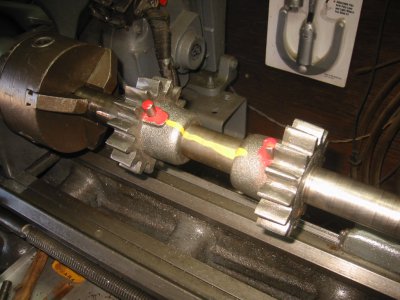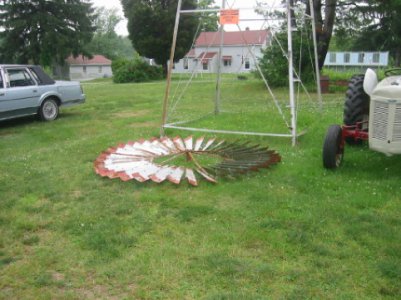- Joined
- Apr 23, 2011
- Messages
- 2,476
This is a repair I have made once before, and was also probably done previously by other unknown parties i'm guessing.
There is a roughly 30ft long threaded steel rod running down to the pump. It has a steel joiner nut on it just finishing inside the riser pipe. The foot long rod that connects from the joiner nut to the pump piston is 1/2" brass rod threaded 1/2" whitworth.
It has previously come adrift from the piston after a brass cross pin sheared off and it unscrewed itself. I replaced the brass cross pin with a stainless pin and now the threaded section has broken. Not sure if the cross pin is standard. There is no locking used where the top end of the brass rod screws into the joiner nut, just nipped tight with pliers, but it never comes apart there. The piston is cast brass/bronze
Should I....
1: just rethread the brass rod and put it back together with a new cross pin.
2: screw it back together but lock it with a back up nut
3: use a new section of stainless threaded rod and cross pin it.
4: open to suggestion here...
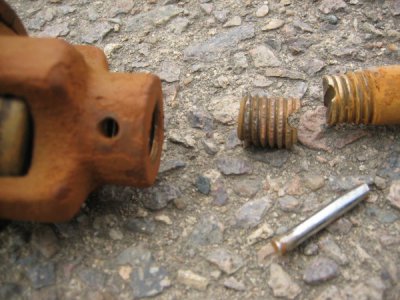
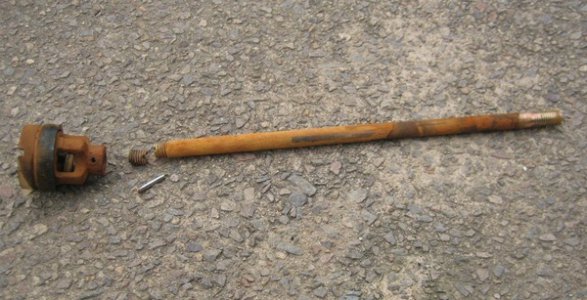
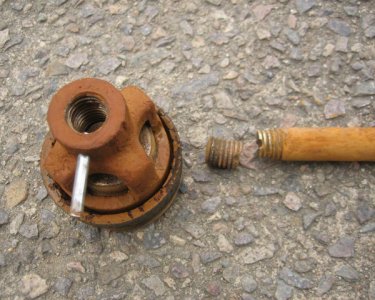
Cheers Phil
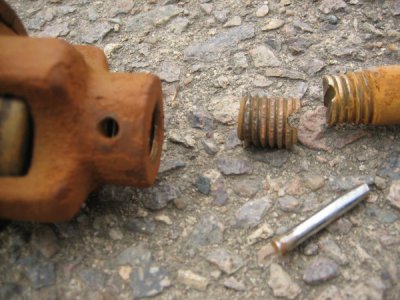
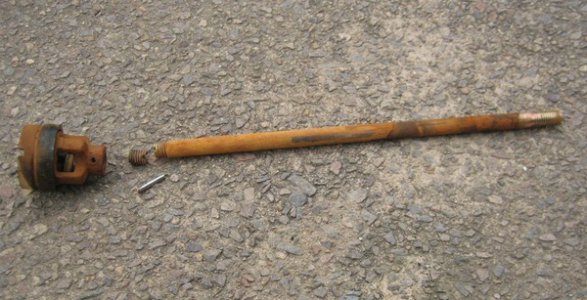
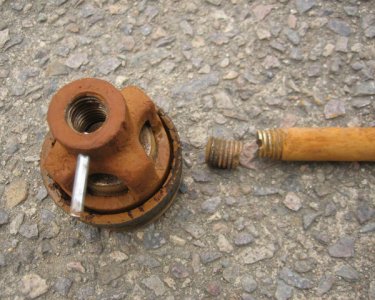
There is a roughly 30ft long threaded steel rod running down to the pump. It has a steel joiner nut on it just finishing inside the riser pipe. The foot long rod that connects from the joiner nut to the pump piston is 1/2" brass rod threaded 1/2" whitworth.
It has previously come adrift from the piston after a brass cross pin sheared off and it unscrewed itself. I replaced the brass cross pin with a stainless pin and now the threaded section has broken. Not sure if the cross pin is standard. There is no locking used where the top end of the brass rod screws into the joiner nut, just nipped tight with pliers, but it never comes apart there. The piston is cast brass/bronze
Should I....
1: just rethread the brass rod and put it back together with a new cross pin.
2: screw it back together but lock it with a back up nut
3: use a new section of stainless threaded rod and cross pin it.
4: open to suggestion here...



Cheers Phil





